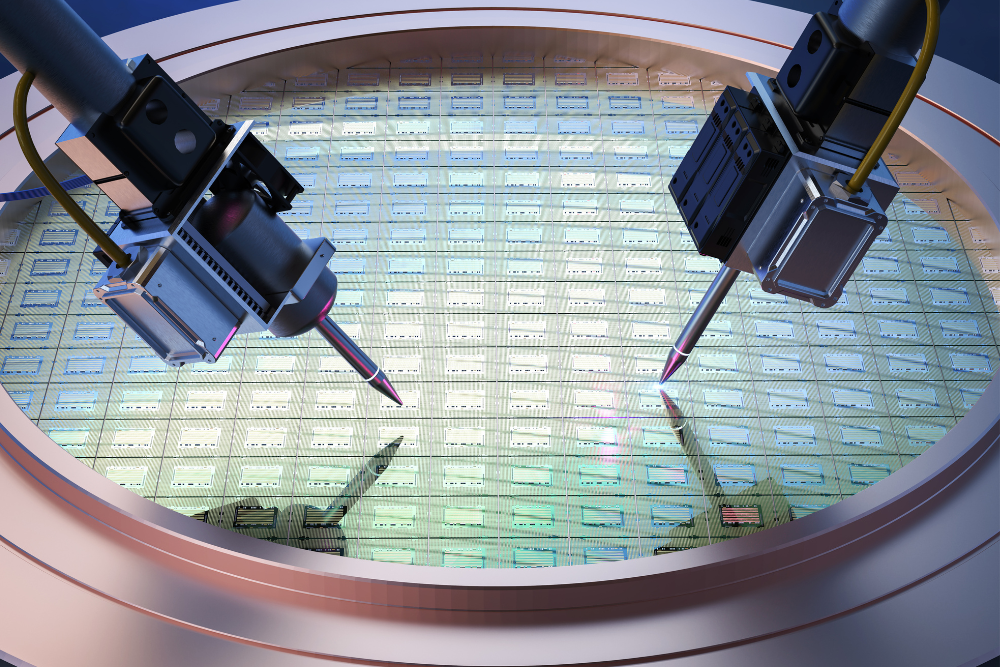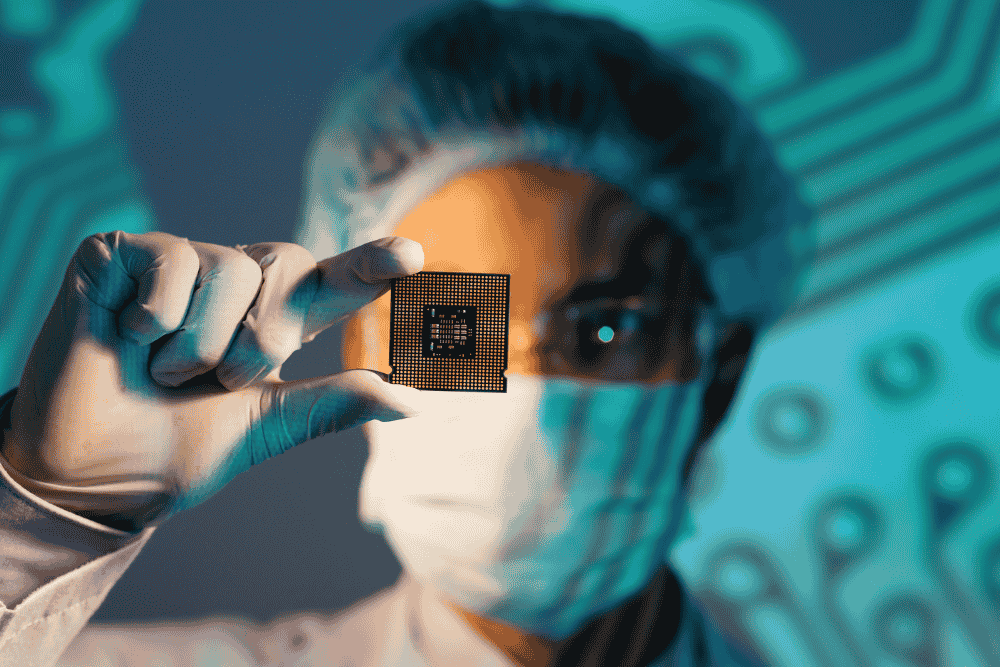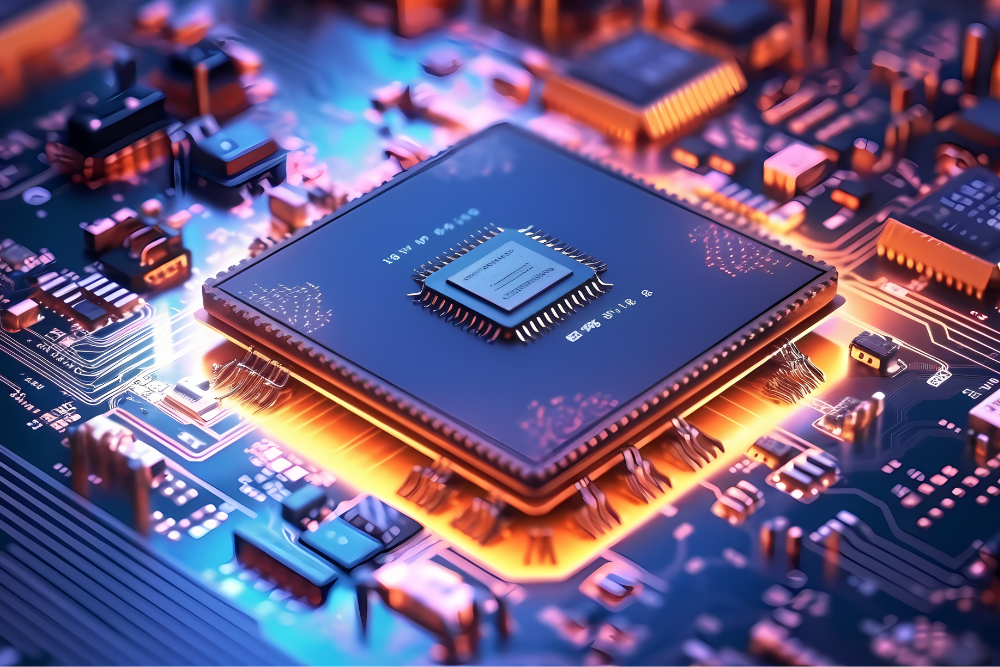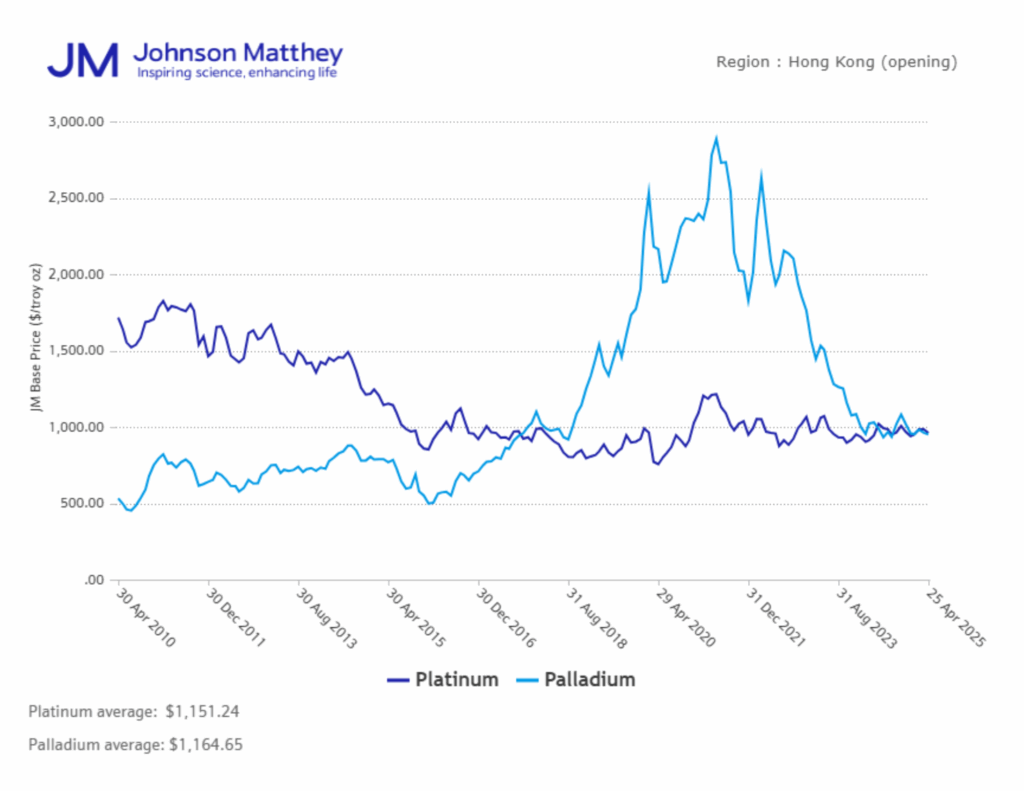We’re experts and innovators focused on solving challenges, embracing change and growing.
Tackling metal market shifts with resistor technology
Manufacturers of electric vehicles (EVs), appliances and products with high-temperature heating elements are under pressure. Inflation, global instability and raw material volatility—especially soaring palladium prices—are squeezing margins and driving strategic reassessments.
Palladium has long been a trusted material that is typically used in combination with silver to create high-temperature resistor pastes standard in heaters-on-steel (HOS) applications, like EV cabin and battery heaters, steamers and tea kettles. However, with continued unpredictability of palladium prices, manufacturers are reevaluating their material strategies to reduce risk and stabilize costs.
Recognizing an opportunity to strengthen material planning amid persistent palladium price fluctuations, Vibrantz’s electronic materials team introduced a more resilient silver-platinum resistor paste system that matches the electrical and thermal performance of silver-palladium, provides more stable pricing and has a sustainable cost trajectory.



Resistive pastes are essential for heaters on steel
In Vibrantz’s HOS systems, thick film resistors, conductors and dielectrics play a crucial role in regulating and distributing heat across high-temperature surfaces like stainless steel. These components work in harmony to deliver efficient heat transfer, precise temperature control and protection of electronic devices.
From household appliances to industrial steamers and EV battery heaters, HOS technology enables fast, uniform heating, helping extend device lifespan and performance. Its adaptability is a key advantage, allowing us to deliver tailored solutions to meet a wide range of application needs.
The chart above illustrates the greater price variability of palladium compared to platinum, highlighting the more dramatic fluctuations that have impacted material planning in recent years.
Tailoring resistor technology for stability and safety
High-quality materials are critical to resistor functionality. In HOS systems, resistors are responsible for several essential functions, including:
- Heat generation – Converting electrical energy into heat and transferring it to the substrate
- Temperature control – Adjusting the resistance to regulate the amount of heat generated
- Uniform heating – Ensuring even heat distribution across the steel surface to maintain structural integrity
- Overheating prevention – Limiting the current flow to avoid damage and mitigate safety risks
- Energy efficiency – Modern resistor technology minimizes energy loss and maximizes heat conversion
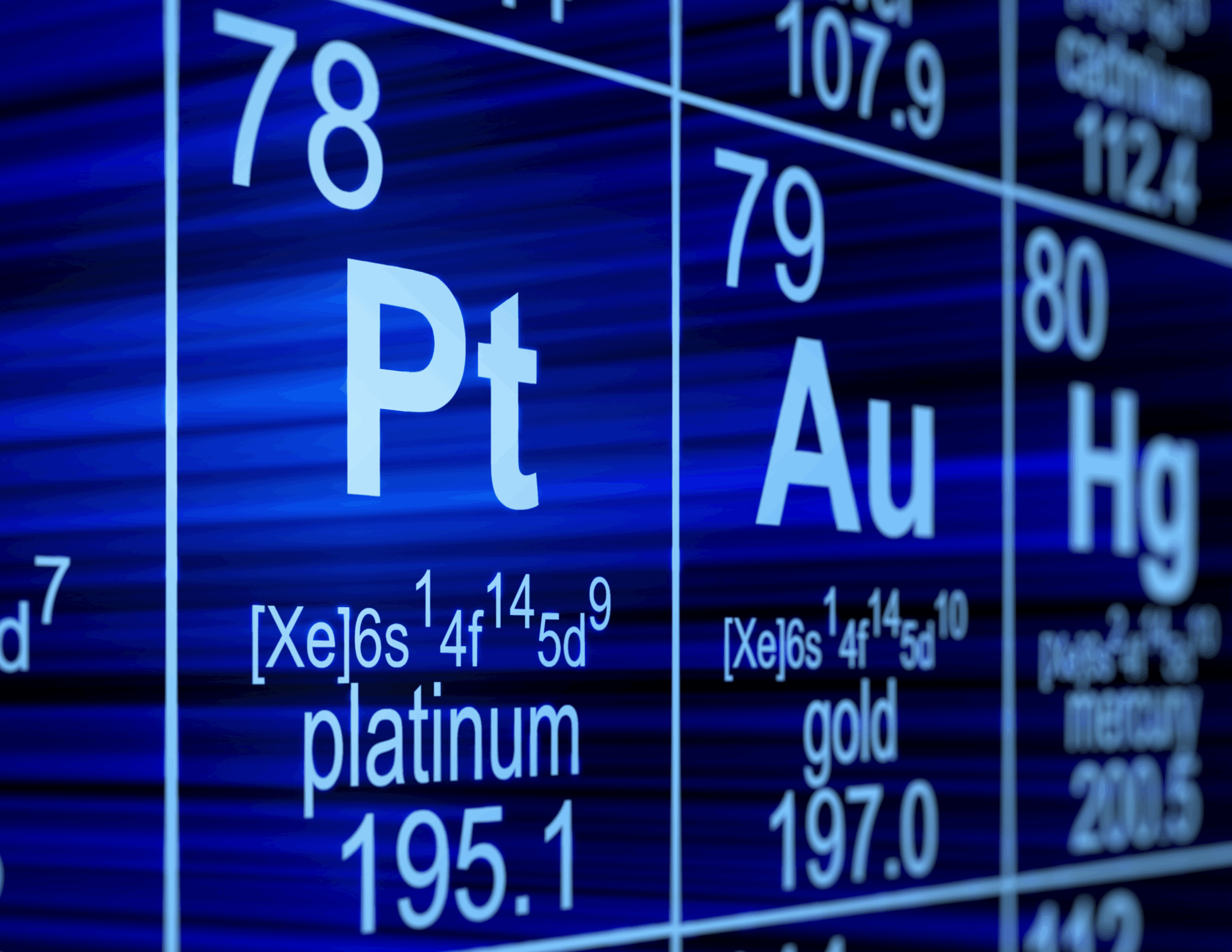
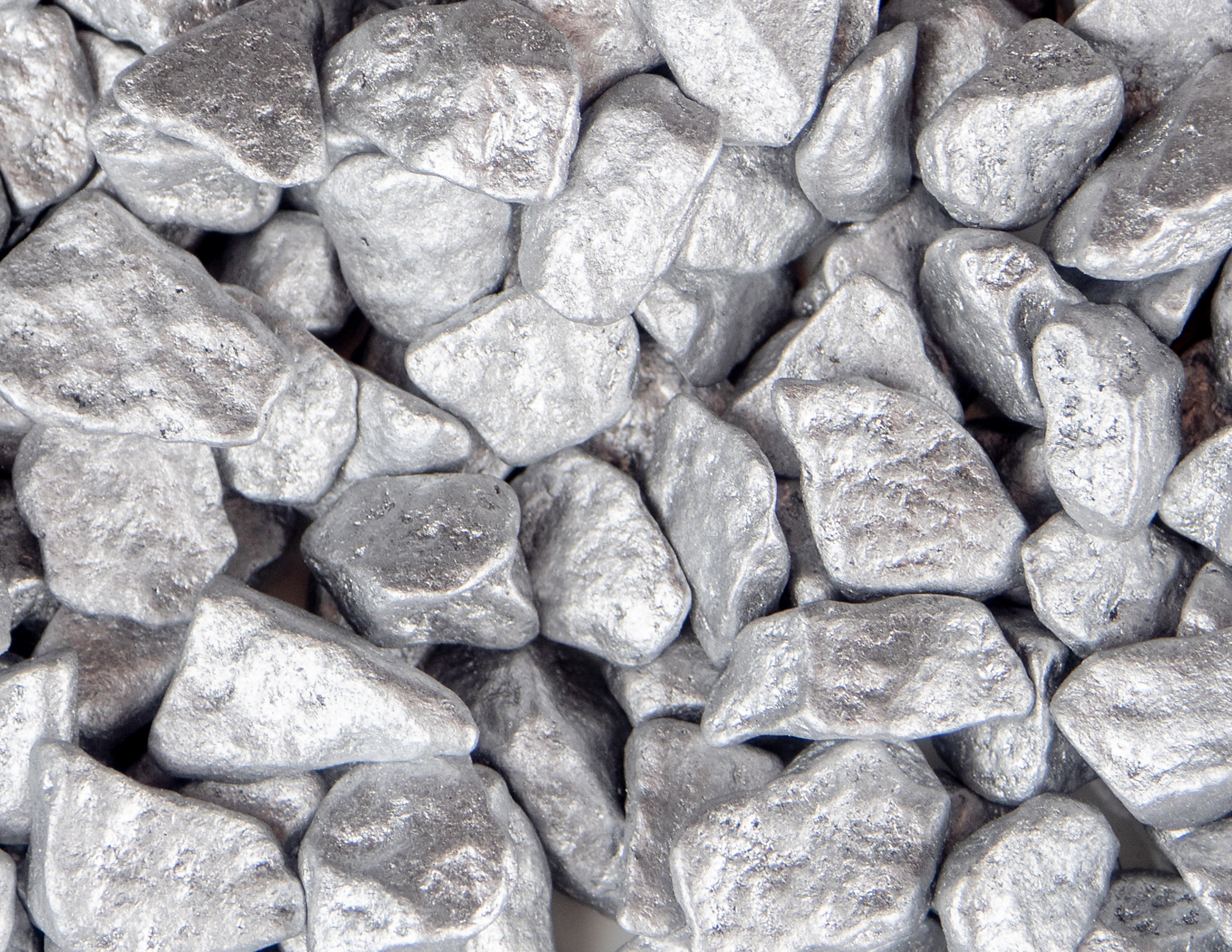
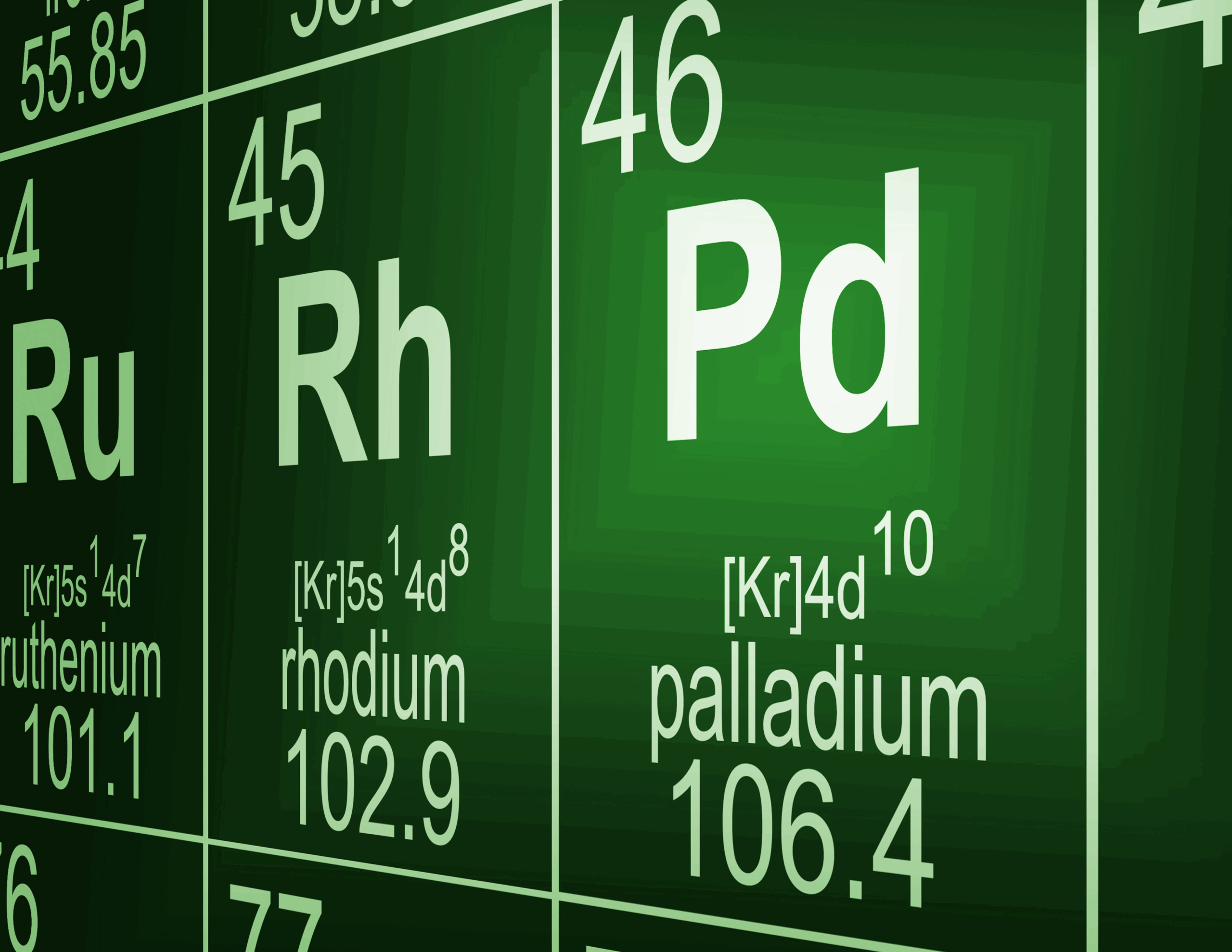
Vibrantz was an early innovator in HOS paste technology, building deep expertise that spans from household appliances to EV battery heaters. Our experience in corresponding systems, steam types and the advantages of our enamel business gives us a strong foundation for developing thick film pastes that deliver performance and stability.
Discover our comprehensive paste portfolio
We offer a selection of resistor pastes designed to meet the specific requirements of HOS applications, balancing both performance with cost effectiveness. With a rich understanding of the unique properties of palladium and platinum, our solutions ensure efficient heat transfer, long-term stability and optimal performance. Partner with Vibrantz for custom electronic systems that meet your specific performance goals.


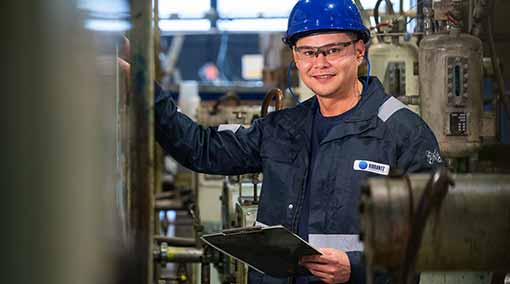
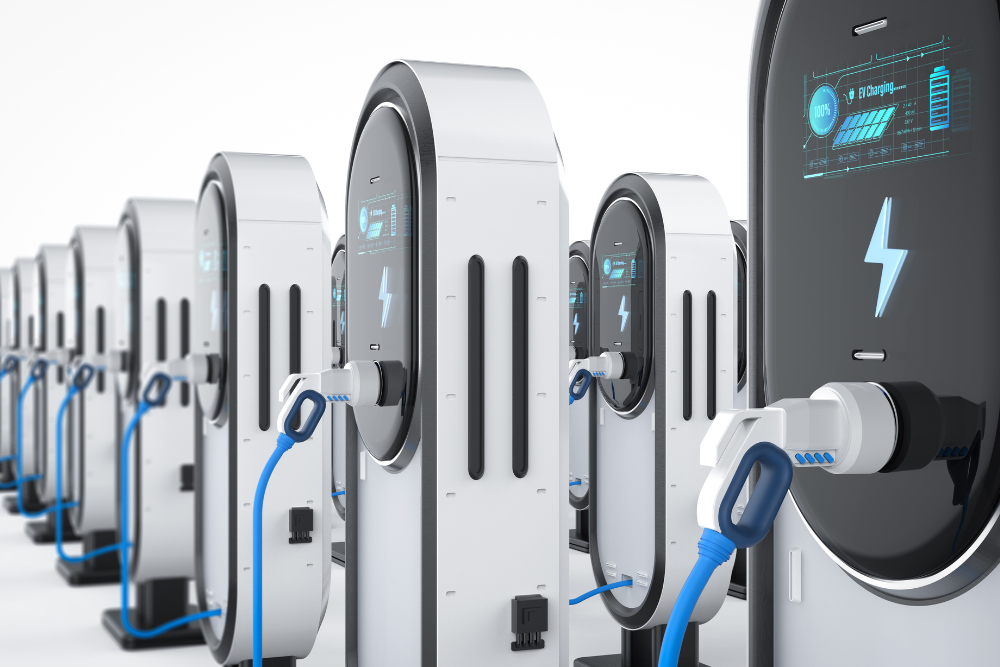

 24 September 2024
24 September 2024 3 mins
3 mins 